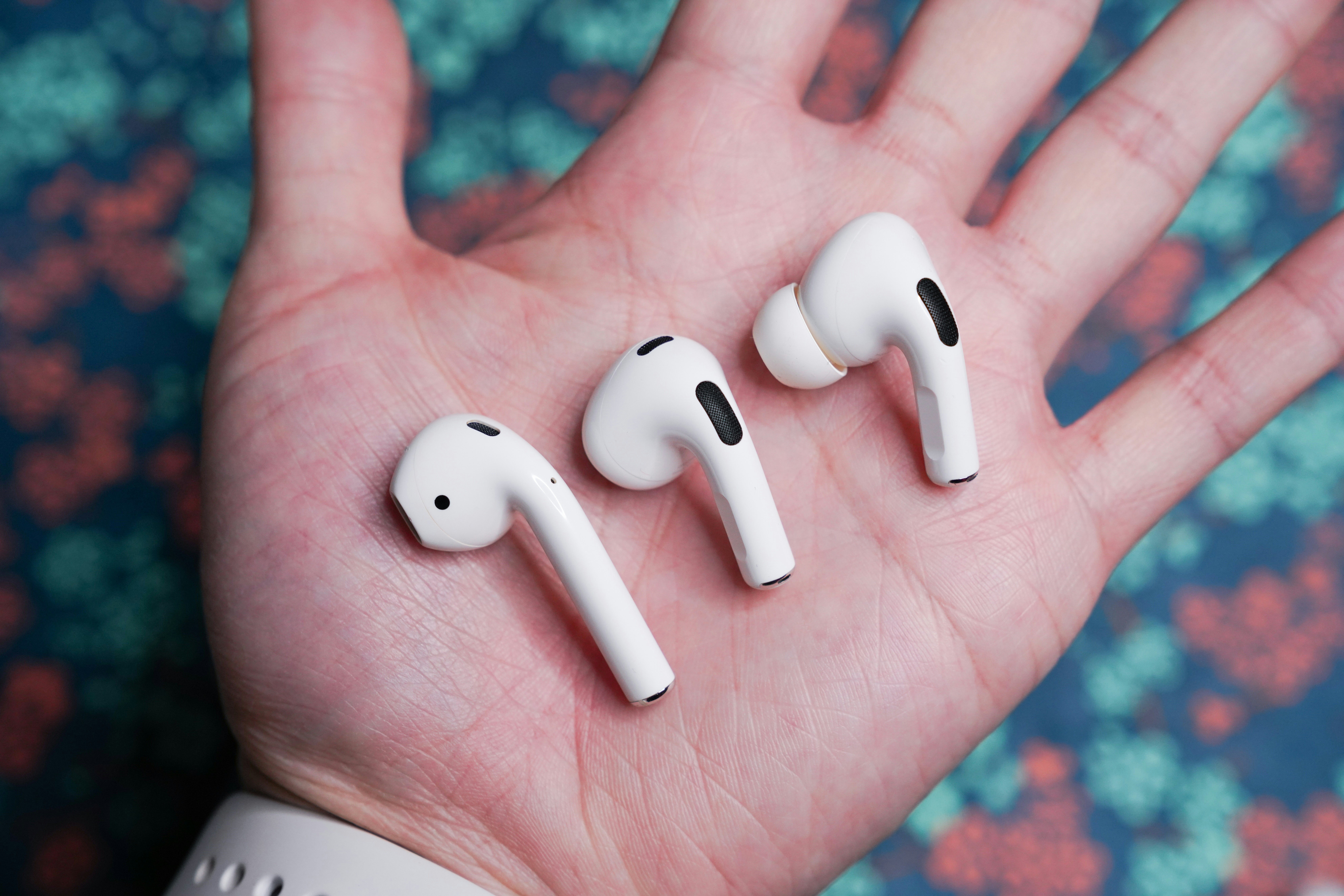
It’s pretty clear that Apple will further adopt USB-C for future devices, considering the pressure from the European Union’s legislation that requires a mandatory USB-C standard across consumer electronics.
Apple’s entire MacBook lineup switched to USB-C starting in 2015. The new 10th-generation iPad — the only iPad with a horizontal FaceTime camera — has a USB-C port. Even the Siri Remote in the third-generation Apple TV 4K (2022) replaced the Lightning port with USB-C.
So it makes perfect sense that Lightning is nearing the end of its life after 10 years of gracing Apple devices. With the EU deadline slated for the end of 2024, there are still a bunch of Apple products that need the USB-C refresh. Here’s everything Apple is still selling that needs a Lightning port replacement.
All the Apple devices that still need USB-C
iPhone 14 (and all iPhones)
Release date: September 2022
The latest iPhone 14/14 Plus and iPhone 14 Pro/14 Pro Max just came out in September and to many peoples’ disappointment, they still have a Lightning port. With the iPhone 14 Pros capable of shooting 48-megapixel ProRAW photos and high-res ProRES videos, Lightning’s USB 2.0 transfer speeds aren’t cutting it anymore. Hopefully, USB-C really is coming to an iPhone soon.
AirPods Pro (2nd-gen)
Release date: September 2022
Arriving alongside the iPhone 14s and the Apple Watch Series 8 / Ultra, the second-generation AirPods Pro was rumored to get USB-C in its charging case. That didn’t happen. The new case charges via MagSafe and supports magnetic charging with an Apple Watch puck, but that’s beside the point.
AirPods (3rd-gen)
Release date: October 2021
These third-generation AirPods hit shelves a year ago. All Apple needs to do is replace the Lightning port with a USB-C one.
AirPods (2nd-gen)
Release date: March 2019
The oldest (and cheapest) AirPods that Apple still sells. It’s either time to drop these from the lineup or, just like the third-generation AirPods, give the case USB-C.
AirPods Max
Release date: December 2020
Apple’s over-ear ANC headphones have yet to be updated since their release in December 2020. They’re due for a refresh, which might as well come with USB-C.
iPad (9th-gen)
Release date: September 2021
The 9th-generation iPad is the only iPad Apple sells that hasn’t made the jump to USB-C. There’s a chance Apple stops selling it in the EU to comply with the proposed USB-C legislation. But if it keeps this iPad in the lineup, it should just drop Lightning.
Apple Pencil (1st-gen)
Release date: November 2015
The Apple Pencil dates back to a November 2015 release, but it’s relevant again since it’s the only Apple stylus that’s compatible with the 10th-gen iPad. Sure, you can buy better USB-C-equipped alternatives, and the second-gen Apple Pencil charges magnetically with all other iPads, but if Apple is gonna keep this old guy around, it should get a new plug.
Magic Mouse
Release date: March 2022
Apple released an updated version of the Magic Mouse in March 2022, but it still charges via Lightning. Even worse, the charging port is on the bottom of the mouse meaning you can’t use it while it’s plugged in.
Magic Keyboard
Release date: May 2021
Last updated in May 2021, the wireless and wired versions of Apple’s keyboards could use an update with — you guessed it — USB-C.
Magic Trackpad 2
Release date: October 2015
The latest Magic Trackpad 2 comes in black or white; there are also color-matched trackpads to M1 iMacs. And while the included cable has Lightning on one end and USB-C on the other, it’s past time to make it USB-C on both sides.
Wireless future, USB-C present
As you can see, there’s not a whole lot of devices left for Apple to transition to USB-C. The big one is the iPhone. And while Apple’s senior vice president of worldwide marketing, Greg Joswiak, is right that switching to USB-C would create a ton of e-waste as consumers replace their Lightning cables with USB-C ones, everyone wants the change, including the EU.
Replacing Lightning with USB-C isn’t just for the benefit of charging. The reversible port/plug is capable of way faster data transfer speeds, especially if it’s infused with Thunderbolt technology. Transferring large RAW photos or video files over USB-C would be a big selling point for future iPhone Pros.
The future is no doubt wireless — the controversial one-port 12-inch MacBook and canceled AirPower were clear advances toward a cable-free world — but it’s unlikely that future is ready anytime soon. The interim will likely be USB-C, so it’s time for Apple to get with the program.







